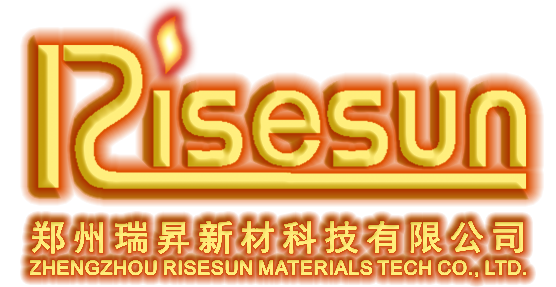04
2025
-
07
Understanding SIC Heating Elements: Key Features and Applications
Silicon carbide (SIC) heating elements have gained recognition in the electrical and thermal equipment sector due to their exceptional performance and reliability. Composed of silicon and carbon, these elements are known for their ability to withstand high temperatures and corrosive environments, making them ideal for various industrial applications. One of the primary advantages of SIC heating el
Silicon carbide (SIC) heating elements have gained recognition in the electrical and thermal equipment sector due to their exceptional performance and reliability. Composed of silicon and carbon, these elements are known for their ability to withstand high temperatures and corrosive environments, making them ideal for various industrial applications.
One of the primary advantages of SIC heating elements is their high thermal conductivity. This property allows for efficient heat transfer, ensuring that processes requiring precise temperature control can be reliably managed. Unlike traditional heating elements, SIC variants provide rapid heating capabilities, which can significantly reduce energy consumption and shorten production cycles.
Another notable feature of SIC heating elements is their impressive resistance to oxidation. In environments where conventional heating elements may degrade, SIC elements maintain their integrity, extending their operational lifespan. This durability translates to lower maintenance costs and less frequent replacements, providing significant long-term savings for businesses.
SIC heating elements are also highly versatile and can be tailored to fit various geometries, catering to specific heating requirements. Whether used in furnaces, kilns, or other heating applications, their adaptability ensures that they can meet diverse operational demands. Furthermore, they can operate in both vacuum and inert atmospheres, which broadens their applicability across different industrial processes.
In terms of safety, SIC heating elements offer a notable advantage due to their high resistance to thermal shock. This characteristic minimizes the risk of failure under sudden temperature changes, making them a safer choice in critical applications. Additionally, their mechanical strength contributes to their reliability, ensuring consistent performance in demanding environments.
Another key benefit of SIC heating elements is their environmental resilience. They are capable of functioning effectively in extreme conditions, including those encountered in aerospace, ceramics, and metal processing industries. This robustness not only enhances their performance but also contributes to sustainability by reducing the frequency of replacements.
In conclusion, silicon carbide heating elements stand out for their efficiency, durability, and versatility. Their unique properties make them suitable for a wide range of applications, providing significant advantages over traditional heating solutions. Understanding these features can help professionals in the electrical and thermal equipment industry make informed decisions regarding their heating element choices, ultimately enhancing productivity and operational efficiency. By incorporating SIC heating elements into your processes, you can achieve reliable performance and significant cost savings in the long run.
One of the primary advantages of SIC heating elements is their high thermal conductivity. This property allows for efficient heat transfer, ensuring that processes requiring precise temperature control can be reliably managed. Unlike traditional heating elements, SIC variants provide rapid heating capabilities, which can significantly reduce energy consumption and shorten production cycles.
Another notable feature of SIC heating elements is their impressive resistance to oxidation. In environments where conventional heating elements may degrade, SIC elements maintain their integrity, extending their operational lifespan. This durability translates to lower maintenance costs and less frequent replacements, providing significant long-term savings for businesses.
SIC heating elements are also highly versatile and can be tailored to fit various geometries, catering to specific heating requirements. Whether used in furnaces, kilns, or other heating applications, their adaptability ensures that they can meet diverse operational demands. Furthermore, they can operate in both vacuum and inert atmospheres, which broadens their applicability across different industrial processes.
In terms of safety, SIC heating elements offer a notable advantage due to their high resistance to thermal shock. This characteristic minimizes the risk of failure under sudden temperature changes, making them a safer choice in critical applications. Additionally, their mechanical strength contributes to their reliability, ensuring consistent performance in demanding environments.
Another key benefit of SIC heating elements is their environmental resilience. They are capable of functioning effectively in extreme conditions, including those encountered in aerospace, ceramics, and metal processing industries. This robustness not only enhances their performance but also contributes to sustainability by reducing the frequency of replacements.
In conclusion, silicon carbide heating elements stand out for their efficiency, durability, and versatility. Their unique properties make them suitable for a wide range of applications, providing significant advantages over traditional heating solutions. Understanding these features can help professionals in the electrical and thermal equipment industry make informed decisions regarding their heating element choices, ultimately enhancing productivity and operational efficiency. By incorporating SIC heating elements into your processes, you can achieve reliable performance and significant cost savings in the long run.



